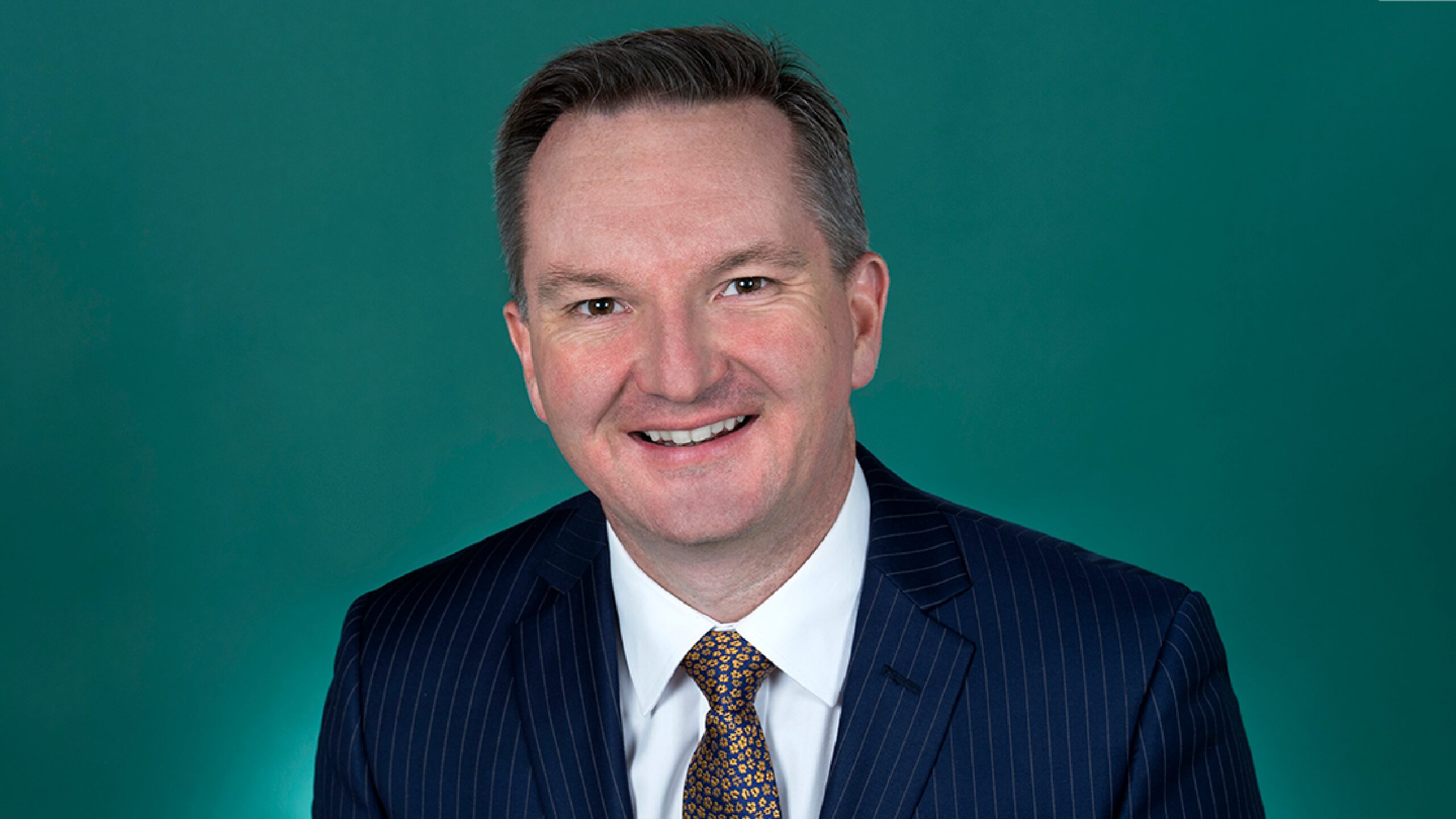How one bond manager made 11% in the June quarter
Lazard: 11.4% return in the June quarter
When we saw this headline we assumed it was from one of Lazard’s global equity strategies across its US$170 billion ($240 billion) portfolio. We were as surprised as anyone when we realised it had actually come from its Emerging Market debt strategy, so we decided to take a closer look.
Emerging Market debt has always been a sector to which we have sought an exposure, but as Australian investors the options are limited to say the least. The asset class has been increasingly popular with global institutions and pension funds, attracted to the substantially higher interest rates on offer, anywhere from 4%-6%. Recent moves towards 0% rates in the US have only accelerated this interest. Emerging markets are generally defined as growing economies that don’t quite meet the standards of developed economies when it comes to income, living standards and investment or capital market conditions.
Emerging markets are separated into multiple sectors of their own, including the so-called EAGLES (emerging and growth-leading economies), in which category are placed Brazil, China, India, Mexico, Indonesia and Russia, before moving down to second-tier emerging markets (for example, South Africa, Thailand, Vietnam) and then the “frontier” markets, where we find the likes of Sri Lanka, Kazakhstan and Nigeria, where financial markets are too small or under-developed to be classified as emerging markets. While clearly these economies represent higher risks than traditional developed alternatives, they also offer stronger returns and in some cases, much better economic conditions and Government support.
So what is the fund?
The fund in question is the Lazard Emerging Markets Total Return Bond Fund, with ‘total return’ referring to the managers authority to move back to cash when they believe the risks are outweighing returns. The manager seemingly timed this quite well in March, having reduced exposure before the crisis, capping losses at 8%, and managing to increase exposure in April to deliver a market leading three-month return of 11%.
Who manages it?
Lazard has an Emerging Markets debt team of 21 people, led by Denise Simon and Arif Joshi, with about US$15 billion ($21.1 billion) in assets under management, making the firm a global leader in the space.
What does it invest in?
Ultimately, the fund will hold between 60 and 80 bonds issued by somewhere between 20 and 40 emerging market countries, generally in “hard” currency, that is, many bonds issued in US dollars, Japanese yen or Euro. The managers are able to dial-up the cash allocation to 75% if they see a lack of value in each of the markets they assess and can only allocate 20% to the higher-risk Frontier markets.
What does the portfolio look like?
At present, the fund offers an attractive coupon of 5.75% from its current portfolio of investments and a relatively short duration of 3.68 years, compared to most developed market alternatives, which are closer to 7 years. This means the fund is less exposed to unexpected interest rate increases.
The strategy is highly diversified, holding 33% in hard-currency sovereign (government-issued) bonds, 17% in corporate bonds and 24% in credit default swaps. The latter are effectively insurance contracts through which the owner is paid-out if the underlying issues defaults on their loans. In the case of this fund, the swaps are held not with the expectation of failure, but as an exposure to the underlying companies, as they trade more regularly and increase and decrease as conditions in each country change, offering a non-correlated source of returns.
This is obviously quite a new concept to most investors, but a very mature one in global markets. One of the most important considerations for this fund is the outlook for the US$ and resultant capital flows, as countries issuing bonds in US dollars (but which have their own currency) can be impacted badly if the US$ rises and their interest payments increase, but benefit strongly should the latter occur. Many institutions continue to bet on the latter.










